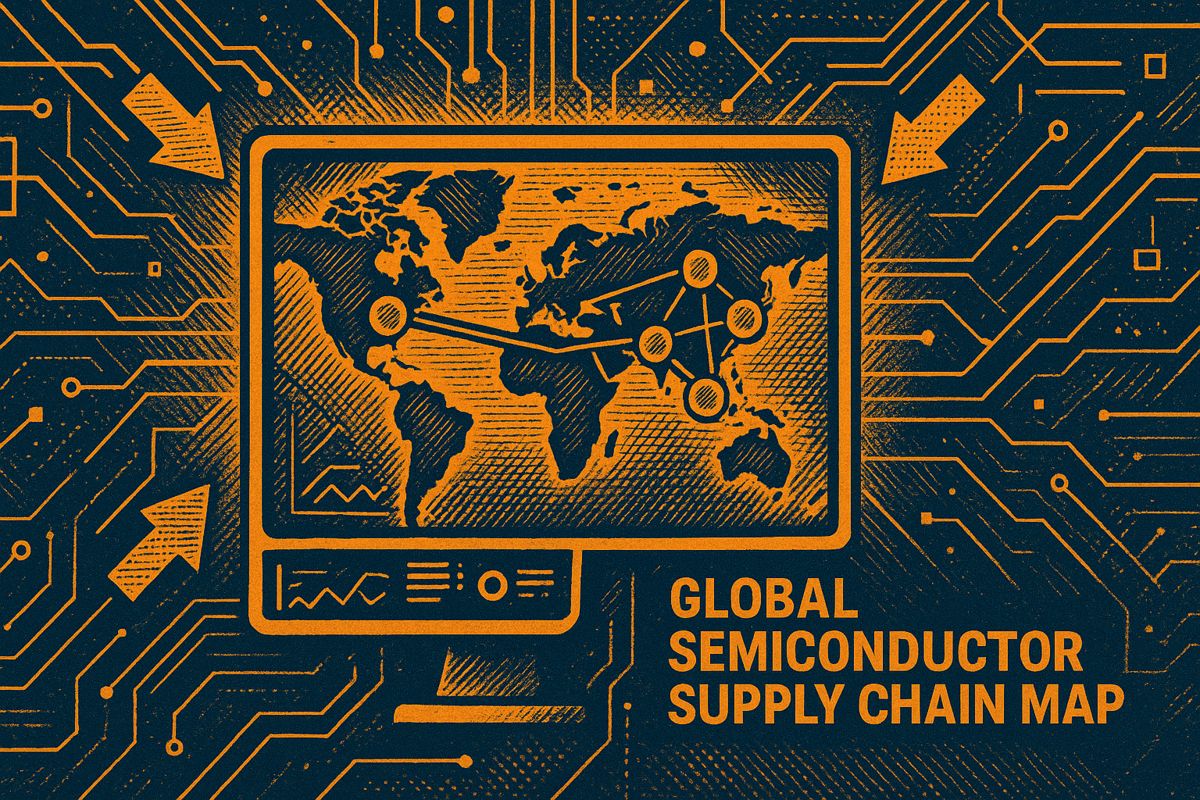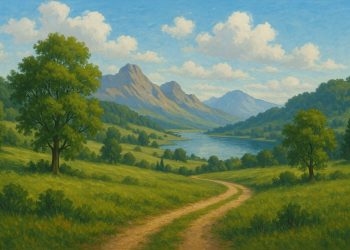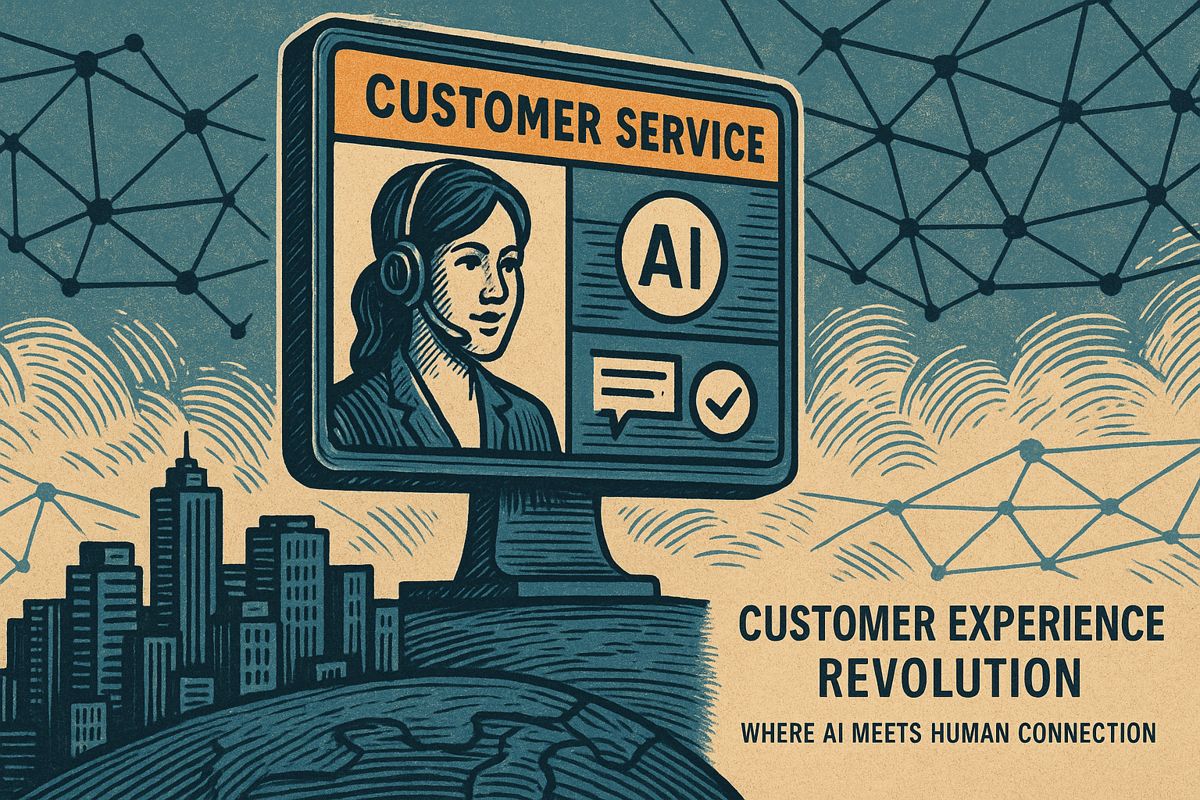Here’s the text with the most important phrase emphasized in markdown bold:
Semiconductor companies are revolutionizing their supply chains with AI-powered “nerve centers” that enable instant, strategic decision-making in response to global challenges. These digital command rooms use real-time data analytics to predict and navigate complex scenarios like geopolitical disruptions and tariff changes, transforming how companies manage global logistics. By ingesting massive amounts of data from customs feeds, commodity prices, and even social media, these systems can rapidly calculate potential impacts and generate immediate response strategies. The technology allows chipmakers to dodge potential crises, recalibrate sourcing, and protect razor-thin margins in a volatile global market. This new approach represents a dramatic shift from traditional, manual supply chain management to a hyper-responsive, data-driven model of strategic survival.
How Are Semiconductor Companies Adapting to Global Supply Chain Challenges?
Semiconductor companies are creating advanced “nerve centers” powered by AI and real-time data analytics to rapidly respond to geopolitical disruptions, tariff changes, and supply chain complexities. These digital command rooms enable instant decision-making, predictive scenario planning, and strategic logistics management across global networks.
Memories of Chaos, Waves of Change
I’ve always been fascinated by the choreography of technology when the world lobs an unexpected curveball. The global semiconductor supply chain is a house of cards balanced on a tightrope – fragile, interconnected, and at the mercy of every political gust. Just last week, I read an in-depth piece tracing how major chipmakers are now building “nerve centers”: real-time command rooms that pulse with the electric urgency of NASA’s Mission Control. The very phrase catapulted me back to my early days as a junior project manager, standing beneath a flickering fluorescent light, watching our team scrawl frantic contingency plans across a battered whiteboard after a shipment vanished into the customs abyss. No AI, no predictive dashboards. Just too much coffee and Excel sheets that looked like abstract art.
But here’s the thing – the way leaders navigated crisis then versus now? Night and day. I’ll never forget one conversation with a supply chain lead at TSMC’s Hsinchu campus. She described the 2018 tariff wars, when her “emergency response” meant WhatsApp pings at 2 a.m. and color-coded spreadsheets that bled into one another. No machine learning, no digital dashboards, just human grit and a little improvisational jazz. These days, that approach feels quaint, almost retro. Today’s stakes are immense, the numbers so large they defy easy metaphor, and the improvisers have been replaced by ruthless, data-fed nerve centers humming twenty-four-seven.
The numbers, of course, don’t lie. Last year, changing tariff regulations forced dozens of major chipmakers to overhaul supply routes in under a week. U.S. and China are now pumping billions into domestic chip initiatives, wielding tariffs and subsidies like rival chess masters. Each 1% tariff hike on semiconductor materials adds a precise 0.64% to the cost of a new fab – that’s $6.4 billion on a $100B project. The anxiety? Palpable.
Anatomy of the Modern Nerve Center
So what’s actually inside these vaunted nerve centers? Let’s peel back the curtain. Picture a command room alive with screens, the air humming with the scent of ozone and the faint tang of burnt coffee. Real-time aggregation is both the engine and the oil here. These centers ingest customs feeds, logistics data, regulatory bulletins, commodity prices, and – believe it or not – even tweets from government officials. If a new tariff is announced in Brussels or Beijing, the dashboard flashes red. Not tomorrow, not next week, but now.
The real magic? It’s the AI and predictive analytics coursing through the digital veins of these centers. Forget static spreadsheets. Machine learning models crunch through thousands of “what if” scenarios, calculating the ripple effects of, say, a surprise 15% tariff on wafer materials. It’s a bit like having a chess grandmaster, economist, and clairvoyant all hunched over the same console. Some firms, like Intel and Samsung, even employ generative AI to generate scenario-specific playbooks before most competitors have finished their first espresso.
Allow me a small confession. For years, I was a skeptic. I thought, “Predictive dashboards? Too much hype. Give me a solid spreadsheet and a clear process any day.” Then I watched, in early 2025, as two chip giants used their nerve centers to expedite $50 million of shipments, dodging a U.S. tariff by just hours. The old guard, meanwhile, sat paralyzed, drowning in red ink. Turns out, being a data Luddite has its costs.
Strategy, Survival, and a Dash of Geopolitics
Why is this sector so vulnerable? That’s the riddle I can’t quite shake. Semiconductors are everywhere and nowhere at once. Design might happen in Palo Alto, fabrication in Tainan, testing in Penang, packaging in Suzhou. One political spat, one customs glitch, and suddenly your $100 million shipment is languishing on a dock, its value evaporating by the hour. Tariffs have become existential, not just financial.
The economic stakes are colossal. A 10% tariff slapped on a $100B Arizona fab isn’t just a rounding error; it’s a $10 billion migraine. Nerve centers enable chipmakers to tweak pricing, juggle inventory, recalibrate sourcing – all before a crisis metastasizes. Margins, always razor-thin, can be protected only by moving faster than the next thunderclap.
The geopolitical chessboard adds another layer of intrigue. The United States waves the CHIPS Act like a rallying banner. China counters with “Made in China 2025.” Meanwhile, Europe and India watch, strategizing in the wings. Tariffs and subsidies have become the bishop and knight in a global game. The unintended side effects, though – they’re not just theory. Every time a tariff rises, costs ricochet down the line: smartphones, servers, even your washing machine start to feel the pinch. Silicon runs the modern world; make it scarce, and the digital festival stutters.
Resources and Reflection: Staying Ahead of the Curve
Craving more than anecdotes? Consult the data-rich reports from McKinsey, SEMI, Sourceability, and ITIF. They’re a trove of specifics on how real-time intelligence is reshaping the semiconductor world. Sometimes, I wonder if all this complexity is sustainable – or if we’re building a house of mirrors, one clever dashboard away from disaster. But for now, the winners are those who anticipate, not those who react.
It’s wild, isn’t it? The mere whisper of a tariff can send tremors through the world’s most complex supply chains. I felt a jolt of adrenaline just typing that. Maybe because



















